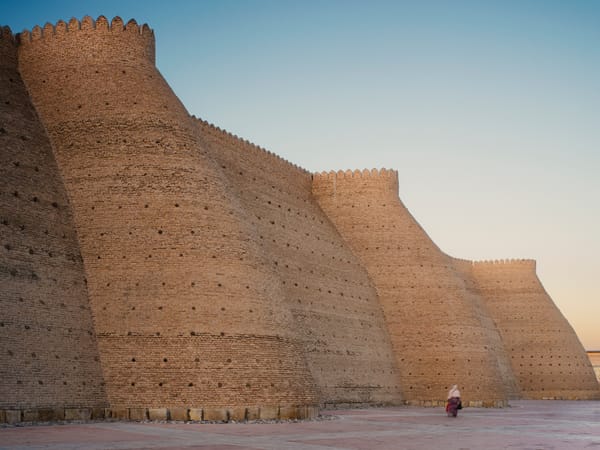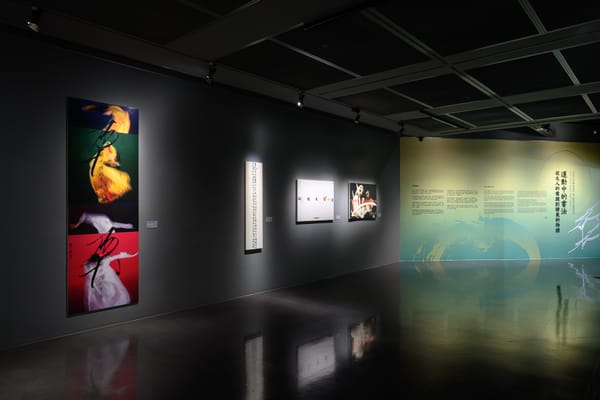Shows
Mit Jai Inn: Patchworlds




Mit Jai Inn’s vivid canvases refuse to be one thing or another. Are they sculpture or painting? Intentional or serendipitous? His polychromatic creations, the Thai artist declares, are “social objects,” which he invites us to cut, fold and even wear—to experience and interact with what he describes as their healing, transformative energy.
Yavuz Gallery, which recently relocated to Gillman Barracks, is currently featuring the indefinable and energetic “Patchworlds,” Mit’s first solo exhibition in Singapore. The various works, all oil on canvas, include eight large-scale paintings and over 50 smaller works, plus a collection of his scrolled canvases. But, upon entering the gallery, the eye first alights on an array of what resembles oversized confetti scattered across the floor. Cheerful and tempting, Untitled (Patchworks) (2000) comprises 90 small, painted and scuffed canvas squares of pastel and fluorescent hues, which visitors are urged to handle and investigate. Mit has incised parallel and perpendicular channels in the sturdy yet flexible canvases so that the panels can fold, invert and interlock with each other to create dimension and shadow. This sculptural quality allows them to be displayed in various ways: here, strewn casually beneath two large untitled paintings (both 2015), the loose puzzle pieces of Patchworks might be what spilled from the pair of geometrically abstracted canvases above.
Mit is regarded as a pioneer of Thai contemporary art. In 1992 he co-founded the Chiang Mai Social Installation (CMSI), Thailand’s first public arts program, with the intent of making art both accessible and collaborative. This is why Mit is rarely specific about how his finished pieces should be displayed, and considers projects like Patchworks to be open-ended rather than finished and inert. Mit’s ongoing “Untitled Scroll” series (2006–14) is another case in point. These long rolls of painted canvas have been styled in various ways in previous exhibitions, including being hung or draped so as to resemble heavy bolts of lurid fabric. Yavuz presents six of these “scrolls,” upright in a tidy gathering and each only partially unwound. The scrolls are plastered with paint on both sides to the point of oppression: some sport jaunty regimented stripes, while others are overwhelmed by wild, thick impastos. The artist blends paint with linseed oil, which lends the canvases some rigidity while adding luminosity to their variegated, stuccoed layerings. Densely saturated in pigment, two smaller standing scrolls (both 2004, among the earliest works in this series) take on a ceramic gleam.

Fifty-seven paintings excerpted from the artist’s “Dreamworks” series (2000–15) are propped on a long shelf that runs along two gallery walls. These are notebook-sized canvas squares, unframed and un-stretched, which Mit has painted on both sides with symmetrical blocks of color, randomly outlined and scored. Each painting becomes an impossible pastiche of Buddhist prayer flag and artisanal microchip, whose ragged paint-encrusted edges resemble handmade paper. Each of the untitled “Dreamworks” pieces is protected by an acrylic sleeve, so that visitors may pick them up to compare color and pattern, front and back. This teasing, even contemplative, pursuit is the kind of oblique participatory engagement that underlies Mit’s practice. Like irreverent koans that demand the how of response, Mit’s chronicles of color and geometry are puzzles to be meditated upon and resolved through impromptu, intuitive reaction.
Mit Jai Inn’s “Patchworlds” is on view at Yavuz Gallery, Singapore, until July 19, 2015.








